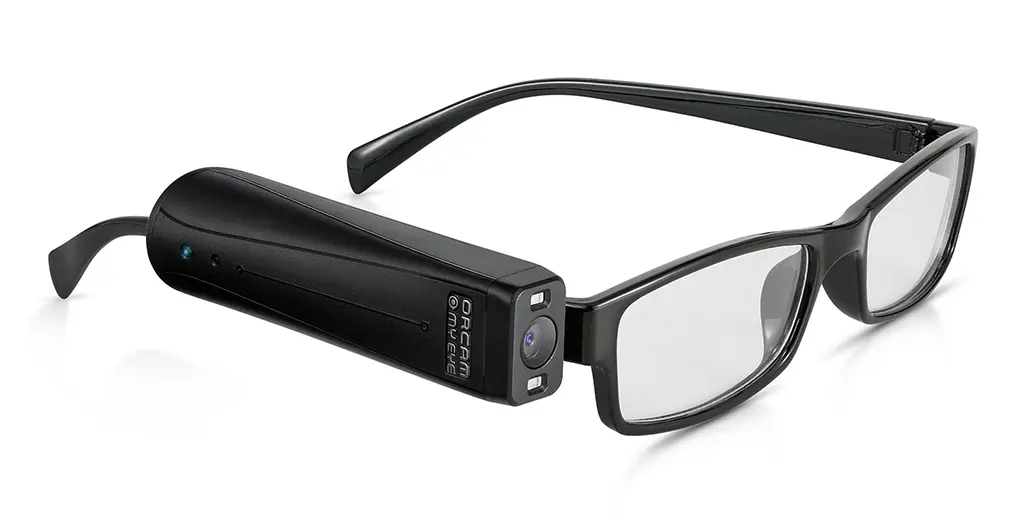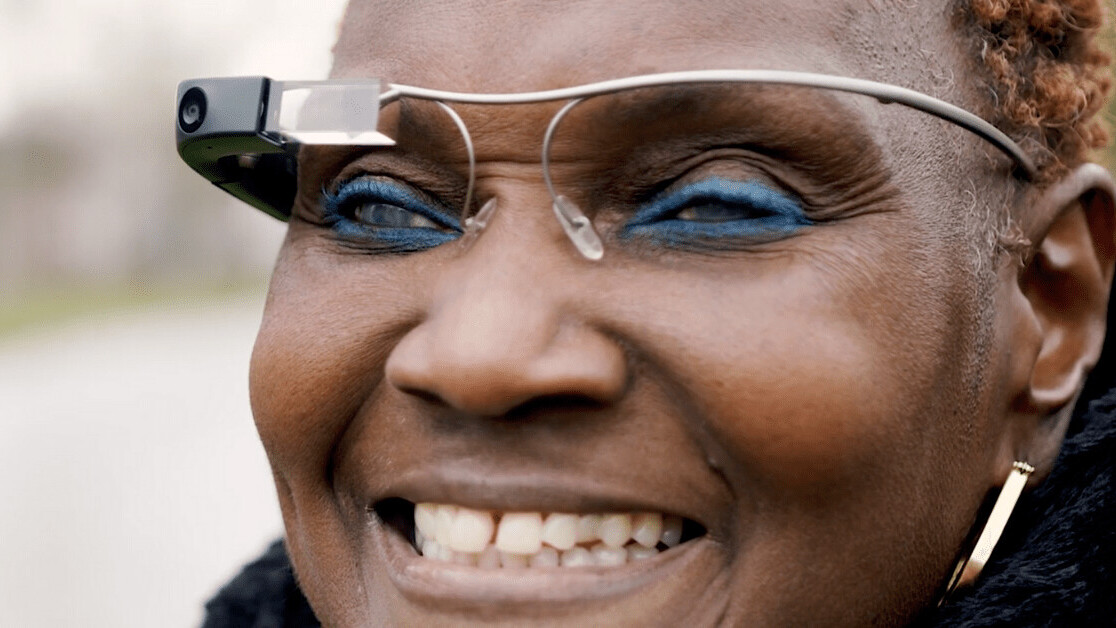Enhancing Availability Via Assistive Modern Technology for the Blind
The assimilation of assistive technology for the blind represents a crucial advancement in accessibility, fundamentally modifying how people navigate their atmospheres and engage with culture. From screen readers to innovative clever walking canes, these devices not only enhance independence but also advertise inclusivity in different rounds of life. As we explore the varied kinds of assistive devices and their tangible effect on everyday living, it comes to be necessary to check out exactly how ongoing technical innovations are reshaping the landscape of support for the blind area. What ramifications do these developments hold for the future of access?
Introduction of Assistive Modern Technology
Assistive technology refers to a series of devices and software application made to enhance the capacities of individuals with impairments, consisting of those who are blind or visually damaged. This innovation plays an important function in promoting self-reliance and enhancing the top quality of life for individuals. By providing alternate approaches for accessing details and carrying out day-to-day tasks, assistive technology encourages individuals to browse their settings better.
The growth and application of assistive innovation embrace a variety of principles targeted at promoting ease of access. These concepts include user-centered design, which prioritizes the requirements and preferences of the person, and the assimilation of modern technology right into everyday activities. Such improvements make sure that assistive gadgets are not just useful but also intuitive and easy to use.
In addition, assistive modern technology encompasses a diverse range of solutions, from low-tech options like magnifiers to modern innovations such as screen visitors and Braille screens. The continuous development of this field is driven by the demand to address the special challenges encountered by individuals with aesthetic disabilities (Wearable technology for low vision). As modern technology remains to advancement, the possibility for enhancing ease of access and advertising inclusivity stays appealing, eventually adding to a much more equitable society

Types of Assistive Devices
Countless kinds of assistive devices are offered to sustain people that are visually impaired or blind, each developed to attend to details requirements and difficulties. These devices can be generally classified right into 3 major kinds: low-tech, mid-tech, and high-tech services.
Low-tech gadgets include products such as magnifiers, Braille tags, and tactile maps. These are fairly basic devices that improve the individual's capacity to communicate with their environment without requiring complex technology.
Mid-tech gadgets often involve advanced attributes, such as digital magnifiers and portable Braille note-takers. These devices can offer functionalities like speech result, permitting individuals to gain access to information more successfully.

Influence On Daily Living
The schedule of various assistive devices considerably improves the top quality of life for people who are aesthetically damaged or blind, impacting their daily living in profound ways. By incorporating technologies such as display visitors, Braille shows, and audio description services right into their regimens, users gain higher freedom and freedom. These tools help with accessibility to info, enabling individuals to perform daily jobs, such as reading emails, browsing public spaces, and appreciating media content.
Moreover, assistive tools encourage people to engage more totally in social communications and neighborhood activities. The capability to utilize smartphones outfitted with ease of access attributes enables smooth interaction and connection with others. This connection fosters a sense of belonging and decreases sensations of isolation.
In expert setups, assistive technology supports performance by allowing individuals to complete job tasks effectively. Tools like voice acknowledgment software and specialized magnification gadgets make it possible for customers to get involved in the labor force on equivalent footing with their sighted peers.

Improvements in Technology
Current technological developments have actually dramatically transformed the landscape of devices offered for people that are blind or aesthetically damaged. The integration of expert system (AI) and maker discovering has given increase to applications that improve navigation and item acknowledgment. Mobile phone apps can currently make use of AI to recognize and describe environments in real-time, providing users with valuable contextual information.
In addition, developments in haptic modern technology have actually led to the growth of clever canes furnished with sensing units that spot challenges and provide responsive feedback. This equips users to navigate their environment with boosted confidence and freedom. Innovations in text-to-speech software program and braille display screens have enhanced the accessibility go to the website of digital content, permitting for seamless interaction with numerous media.
Wearable technologies, such as wise glasses, are additionally making strides in aiding visual disability. As innovation proceeds to develop, the potential for even more transformative devices continues to be on the perspective.
Future Trends and Innovations
As modern technology swiftly proceeds, the future of assistive tools for individuals who are blind holds enormous pledge. Technologies in man-made knowledge (AI) and artificial intelligence are poised to transform the way blind individuals engage with their atmospheres. AI-driven applications are being established to improve item recognition, enabling customers to determine and navigate their environments with higher convenience and precision.
In addition, improvements in haptic responses modern technology are allowing the creation of tactile maps and navigation aids that supply real-time information through touch. These innovations not just enhance flexibility yet Discover More Here likewise foster independence. Additionally, wearable tools geared up with increased truth (AR) functions are emerging, using individuals visual info via audio descriptions, therefore bridging the space between the physical and electronic globes.
Additionally, the assimilation of smart home innovation offers brand-new chances for availability, allowing people to regulate their living environments with voice commands or smart device applications. As partnership in between tech developers and the blind community proceeds, the concentrate on user-centered layout will certainly ensure that future technologies are customized to fulfill the special requirements of this population (Wearable technology for low vision). The trajectory of assistive technology promises a more empowering and inclusive future for individuals that are blind
Verdict
Finally, assistive technology plays an essential function in improving availability for people with aesthetic impairments. The varied range of tools, consisting of display viewers and clever walking canes, significantly improves everyday living and promotes freedom. Continual developments in modern technology and user-centered design guarantee that these devices provide successfully to the one-of-a-kind requirements of the blind community. As developments progression, boosted browse around this site inclusivity and empowerment can be anticipated, inevitably improving the lifestyle for those impacted by visual disabilities.
The assimilation of assistive modern technology for the blind stands for a crucial improvement in access, basically altering just how people browse their settings and engage with society.Assistive technology refers to a variety of devices and software application created to enhance the capabilities of people with disabilities, consisting of those that are blind or visually damaged. Wearable technology for low vision.As innovation rapidly progresses, the future of assistive tools for people that are blind holds enormous assurance. The trajectory of assistive technology assures an extra inclusive and empowering future for people who are blind
In final thought, assistive technology plays an important function in boosting access for people with visual impairments.